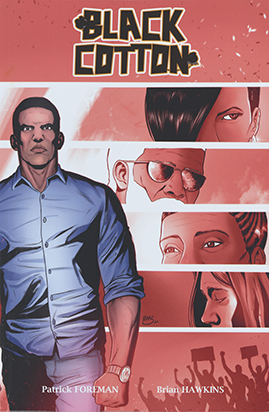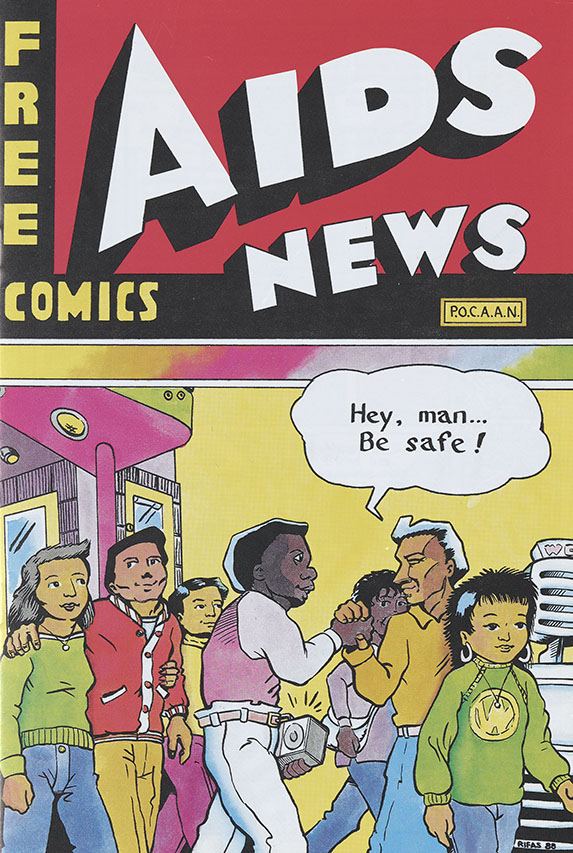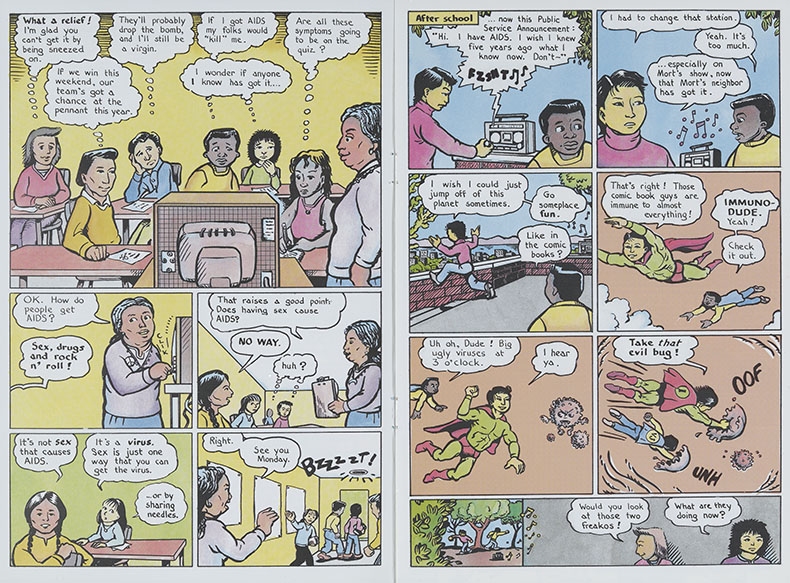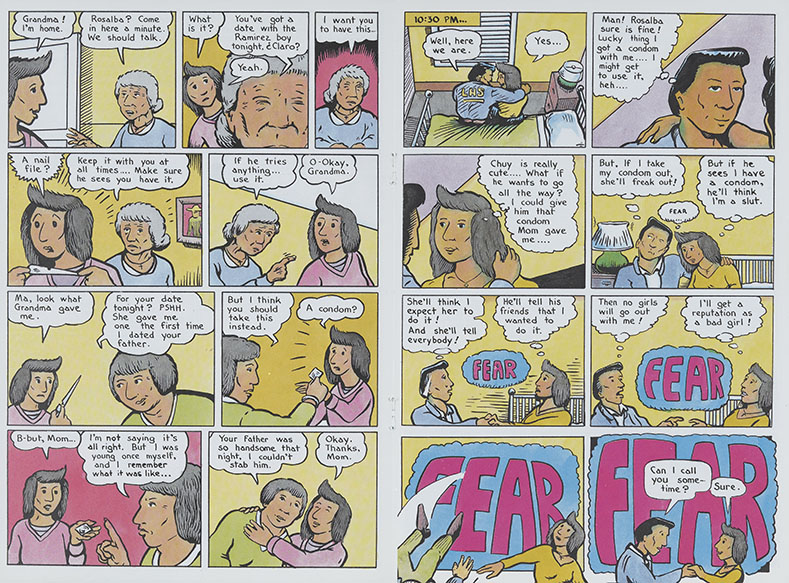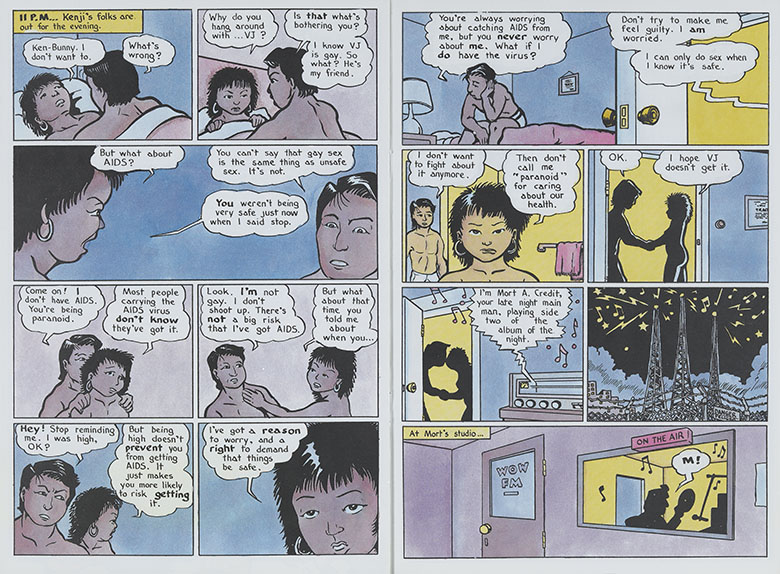Comics and Education
Comics and education have a multifaceted history, evolving alongside advancements in pedagogy and technology. The effectiveness of comics as a medium for learning and development has been the subject of debate since the origin of modern comic books in the 1930s.
During World War II, companies such as DC Comics and Marvel Comics and their predecessors started developing comics geared for military audiences. These comic books were developed, illustrated, and published with the intention of educating and informing U.S. citizens and military, while also being entertaining and engaging. Many of these comics’ goals were and still are to educate soldiers on specific duties, broadcast and reflect the life of American soldiers while deployed, and explain U.S. foreign policy for specific actions and conflicts.
In the post-war years, educational publishers began producing comic books on a wide range of subjects, from science and history to literature and mathematics. Classics Illustrated, for example, adapted literary works into comic book format, making classic literature more accessible to students and sparking their interest in reading.

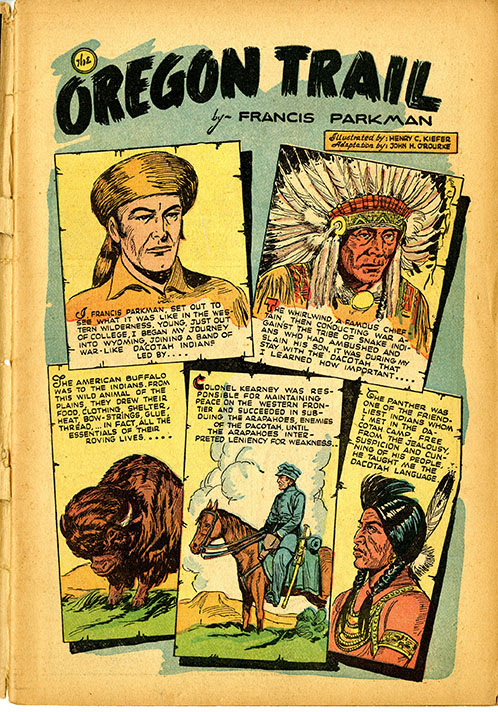
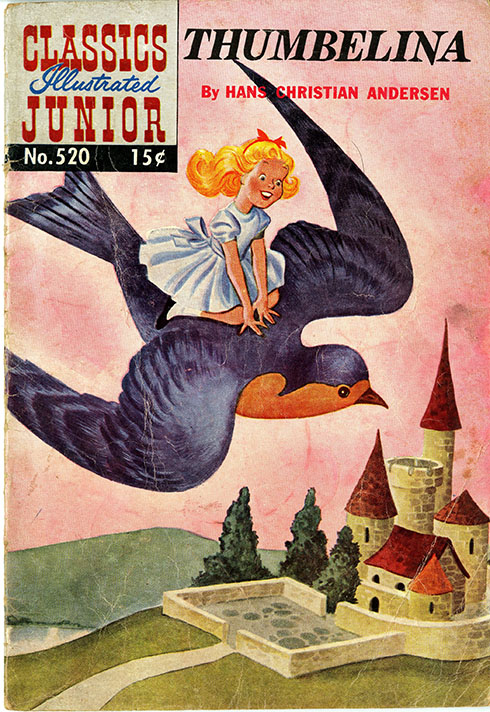
The 1950s and 1960s saw the emergence of educational comic strips in newspapers, with titles such as Mark Trail and Rex Morgan, M.D. incorporating educational content into their storylines. These strips entertained readers and provided valuable lessons on topics like environmental conservation and healthcare.
Comics have also been used to educate on health crises, such as the AIDs epidemic. In the 1988 AIDs News comic, the publishers write, “We have few weapons against the disease, but those we have are mighty: compassion, information, and education.” These comic books, and others like it, were designed to share information widely, to educate readers about HIV and safer sex, for social and political activism, and for remembrance.
With the advent of the Internet and digital technology, comics in education have continued to evolve, with webcomics and digital platforms providing new opportunities for creators to reach students of all ages. From graphic novels that tackle complex historical events, like the Civil Rights Movement, to webcomics that teach scientific concepts, comics remain a versatile and engaging medium for education in the 21st century.
A great example of this is the New York City Public Schools Department of Education’s Civics for All initiative. Through this initiative, the Department of Social Studies and Civics created the Civics for All Comics Group. It began as a collaboration between the NYCDOE, creators Fred Van Lente and Ryan Dunlavey, and Good Trouble Productions with the publishing of Action Activists #1 and Registered #1 in 2020. Since then, the comics group imprint has grown, developing social studies and civics comics as companions to several of their resources. Through these comics, students learn about significant issues and important events and people.



Comics being used in education is a testament to the medium’s ability to inform, inspire, and educate. From their humble beginnings as wartime propaganda to their status as respected educational tools, comics have proven themselves to be invaluable assets in the classroom. As educators continue to explore innovative ways to engage students, comics are sure to remain a vital component of the educational landscape for years to come.


